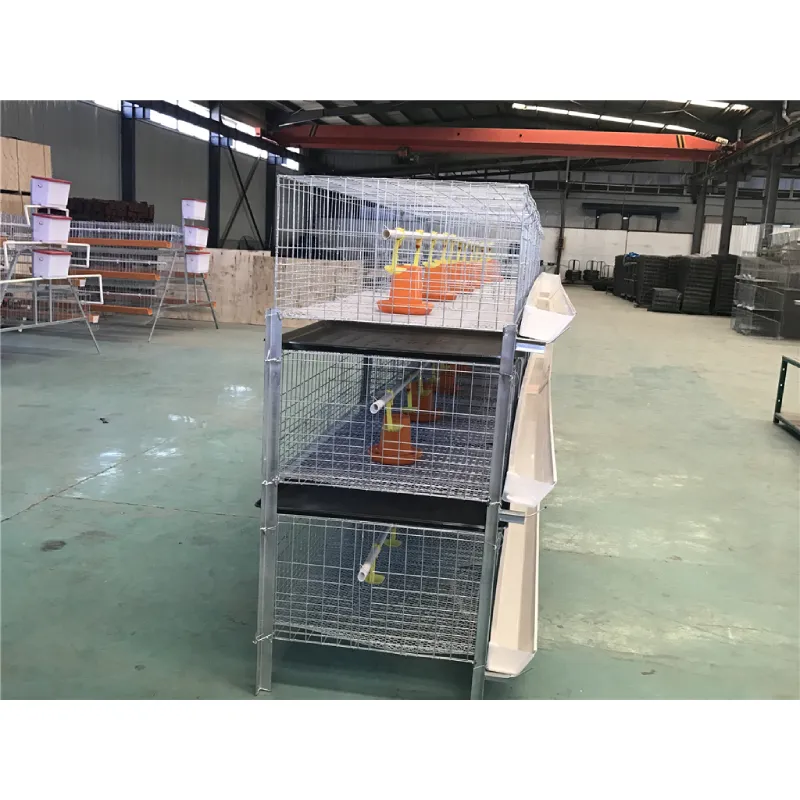Turkey Scalding Process and Its Importance in Poultry Processing Industry
Sep . 23, 2024 15:15 Back to list
Turkey Scalding Process and Its Importance in Poultry Processing Industry
The Crucial Role of Turkey Scalding in Poultry Processing
Turkey scalding is an essential part of poultry processing, particularly during the preparation for the festive season when turkeys are in high demand. Understanding the scalding process is crucial for producers, processors, and consumers alike, as it significantly impacts the quality of the turkey meat and the overall efficiency of production.
Scalding is the process of immersing birds in hot water to facilitate the removal of feathers. It is the primary step following stunning and slaughter in the processing line. The key to effective scalding lies in the right combination of temperature and timing. Typically, turkeys are scalded in water heated to temperatures between 140°F to 160°F (60°C to 71°C), depending on various factors such as the age and breed of the bird.
The Crucial Role of Turkey Scalding in Poultry Processing
The duration of scalding is equally important; typically, turkeys are submerged in hot water for about 30 seconds to 2 minutes. This short duration prevents the meat from cooking and helps in maintaining the integrity of the muscle fibers. Properly executed, turkey scalding preserves the quality and texture of the meat, ultimately affecting the product's taste.
turkey scalder

In recent years, advancements in technology have led to improvements in the scalding process. Many modern processing plants utilize automated systems that ensure consistent temperature and timing, thus enhancing efficacy and minimizing human error. Additionally, these systems can use wet or dry scalding techniques. Wet scalding employs hot water as discussed, while dry scalding utilizes steam. Steam scalding offers some benefits, such as reducing water usage and lessening the risk of cross-contamination.
Sustainability is becoming an increasingly significant factor in the turkey processing industry. Water usage in traditional wet scalding methods raises environmental concerns, prompting many processors to revisit their approaches. Companies are now investing in water recirculation systems that allow for the reuse of water in the scalding process, thus minimizing waste and conserving resources. Furthermore, the quality of water used is another critical factor; processors must ensure that it is clean and free from contaminants, as this directly impacts food safety and public health.
The scalding process is not without its challenges. A poor scalding technique can lead to unsatisfactory feather removal, resulting in increased processing time and labor costs. Conversely, over-scalding can degrade meat quality, affecting customer satisfaction and sales. As consumer awareness of food safety and quality grows, processors are under greater pressure to optimize their practices continually.
For consumers, understanding the scalding process can enhance appreciation for the product they are purchasing. Knowledge of how turkeys are processed—from scalding to packaging—satisfies curiosity and can inform choices when buying fresh or frozen turkey.
In conclusion, turkey scalding is a pivotal step in poultry processing that directly influences the quality of meat and the efficiency of production. With advancements in technology and a focus on sustainability, the processes surrounding turkey scalding are evolving. By grasping the importance of this step, processors can improve their product while maintaining compliance with safety standards and environmental regulations. Meanwhile, consumers can continue to make informed choices in the marketplace, celebrating the delicious, high-quality turkey that graces their tables, especially during festive occasions.
-
Automatic Feeding Line System-Pan Feeder Nipple Drinker|Anping County Yize Metal Products Co., Ltd.
NewsJul.29,2025
-
Hot Sale 24 & 18 Door Rabbit Cages - Premium Breeding Solutions
NewsJul.25,2025
-
Automatic Feeding Line System Pan Feeder Nipple Drinker - Anping County Yize Metal Products Co., Ltd.
NewsJul.21,2025
-
Automatic Feeding Line System Pan Feeder Nipple Drinker - Anping County Yize Metal Products Co., Ltd.
NewsJul.21,2025
-
Automatic Feeding Line System - Anping Yize | Precision & Nipple
NewsJul.21,2025
-
Automatic Feeding Line System - Anping Yize | Precision & Nipple
NewsJul.21,2025






